How to blow out sprinklers before temperatures drop
Find out how to blow out sprinklers with our step-by-step guide and get your system ready for winter

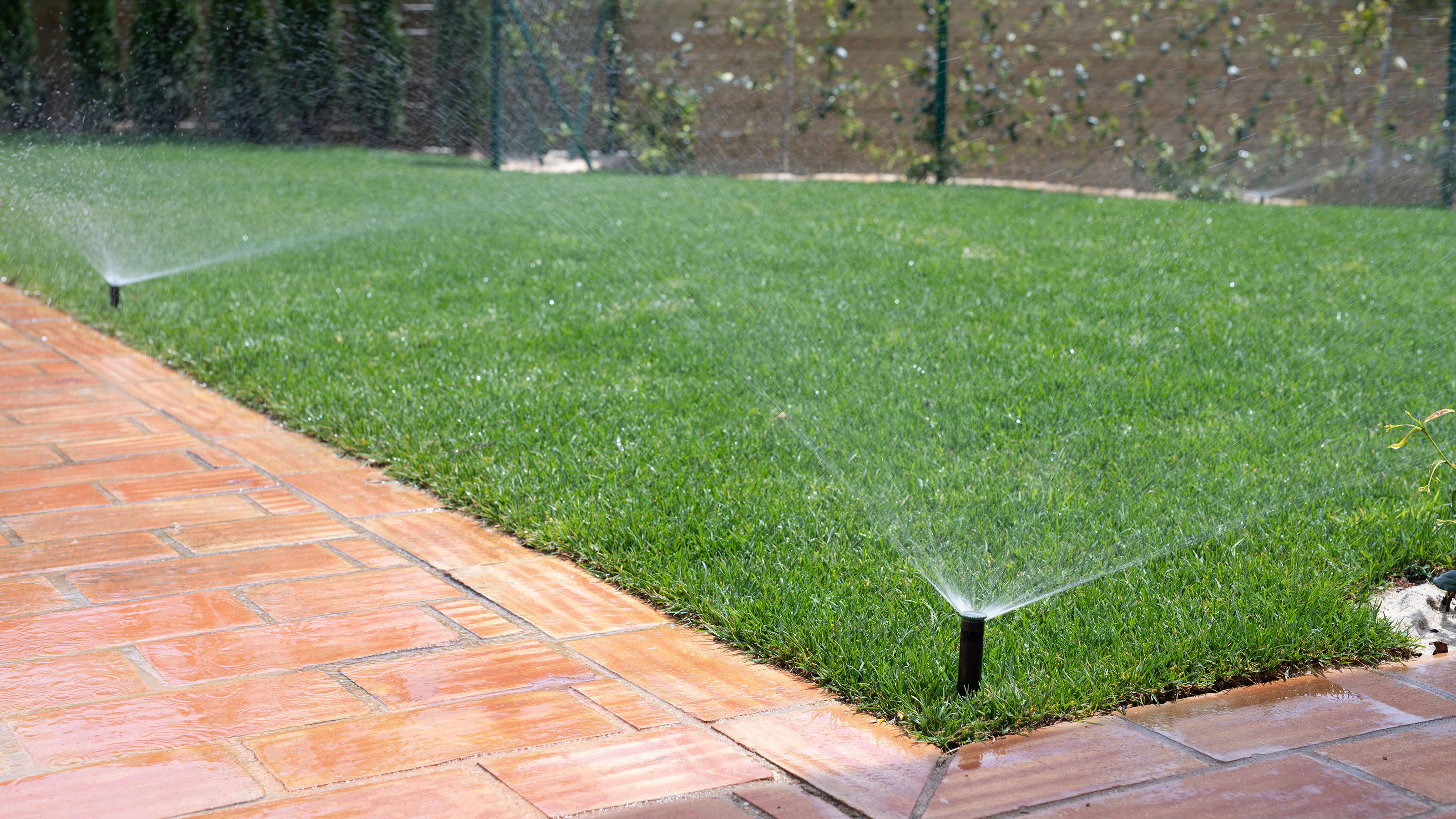
Wondering how to blow out sprinklers? Undertaking this task can be part of preparing your backyard for the cold season in the fall. It will help keep the irrigation system in good working order until the spring when it’s needed once again.
When it freezes, any water that’s left in the pipes of a sprinkler system expands and this can cause damage that’s going to be costly to repair, so preparing your sprinkler system for winter is an essential task. By blowing in air at high pressure, water left in the lines is blown out through the sprinklers.
We’ve put together the details on how to blow out sprinklers here, along with what you need to think about when you’re deciding whether you want to DIY or call in a professional.
Completing this task means your sprinklers will be in good shape when the warmer weather returns and it's time to start watering plants and your lawn once more.
Expert tips on how to blow out sprinklers
If you've read our guide on sprinkler rotor vs spray and invested in a new system this year, understanding how to blow out sprinklers is a key part of looking after your latest backyard purchase. It's important to do it because although you can drain the system either manually or automatically as part of winterizing a sprinkler system, it is possible for some water to remain in the pipes.
‘While draining the lines will remove water from the system, sprinkler manufacturers generally recommend that the pipes are also blown out,’ explains Beth Murton, editor of Gardeningetc. ‘This is because small amounts of water can linger in the system and also because, over time, pipes can move so the water doesn’t all flow out under gravity.’
In terms of when to blow out sprinklers, early fall is typically the ideal time to do it, so consider adding this task to your fall gardening checklist.
Use these steps to blow out sprinklers, but always check your system manufacturer’s instructions before proceeding to ensure you don't do any damage to your garden sprinkler.
1. Switch off the water supply and drain any water
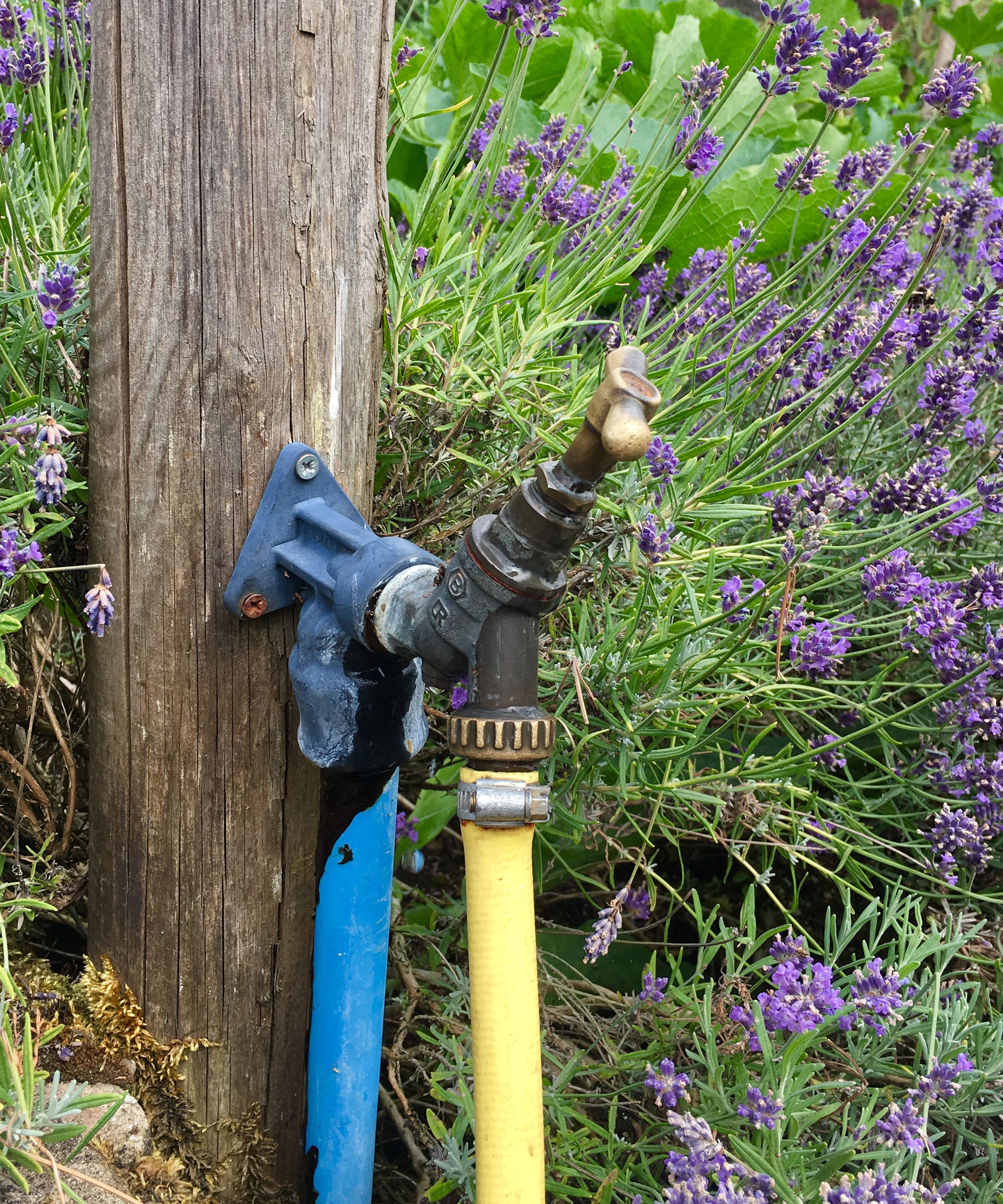
Turn off the main water supply for the system. If your system also has a backflow preventer, shut these valves off in addition.
Drain the water that’s left in the irrigation system either manually or automatically, depending on its setup. Drain water from the sprinkler valves as well.
2. Prepare for the blow out
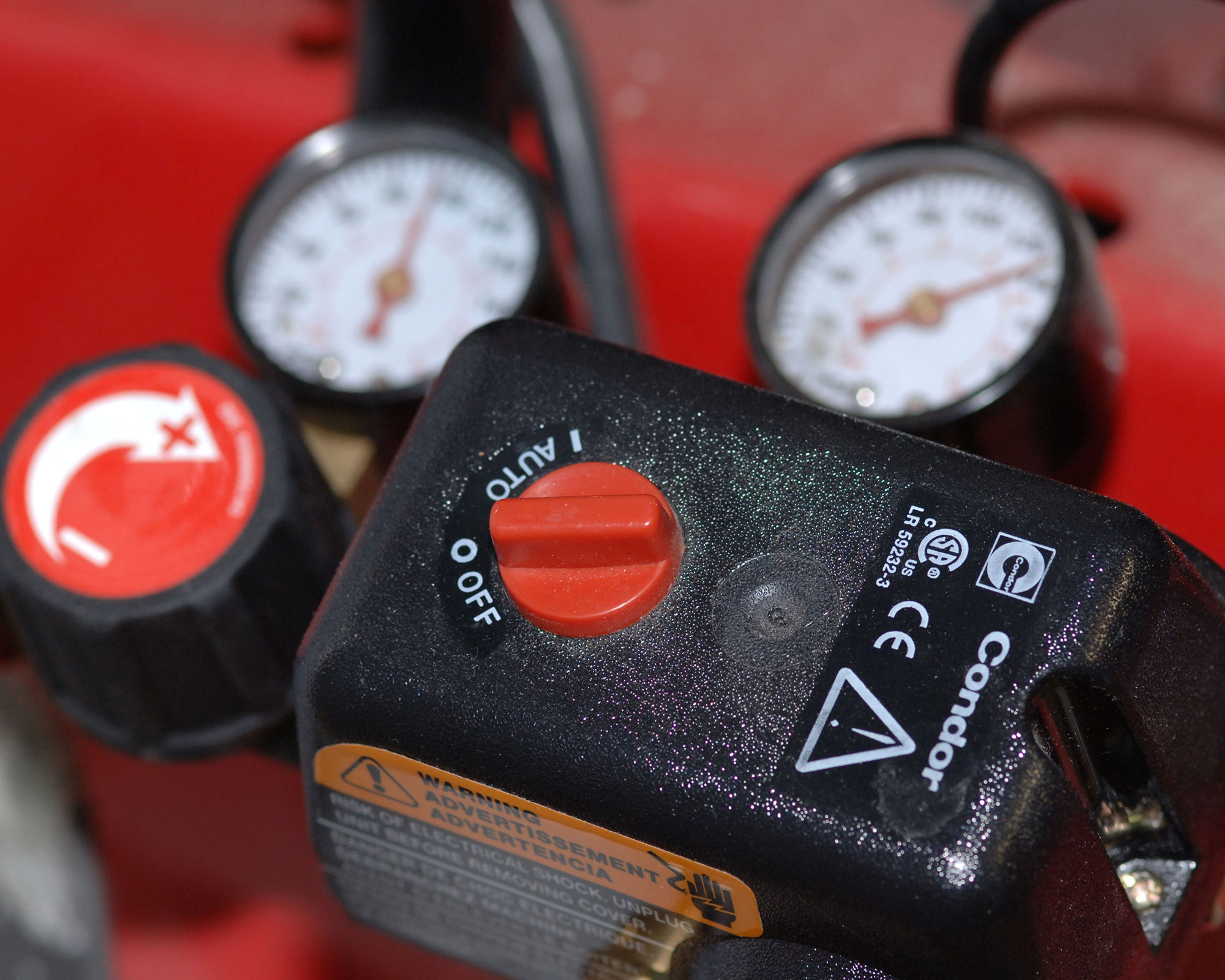
It’s essential to be aware that in order to blow out sprinklers, you need the correct equipment.
The experts at Rain Bird say, ‘To obtain proper air volume, you will need to rent or buy a compressor capable of providing 10 to 25 cubic feet per minute (CFM) of air volume. Air pressure must not exceed 50 pounds per square inch (psi) during the blow-out procedure. A pressure regulating valve must be used to avoid overpressurization of the system.’
Bear in mind that the maximum air pressure that should be used depends on the material from which the system’s pipes are made with 50psi the recommendation for polyethylene and 80psi for PVC, so it is vital to check your manufacturer’s recommendations if you are going to blow out the pipes yourself.
The second vital caution if you want to undertake this as a DIY job is that you must have experience of using an air compressor. Always wear safety glasses, and don’t stand over pipes, valves or sprinklers during the blow out.
3. Attach the compressor
If you are blowing out sprinklers yourself, close the airflow valves on the compressor and attach the compressor hose to the irrigation system with an air compressor blow-out adapter.
Set the correct air pressure for your system on the compressor.
4. Open sprinklers
It is crucial that you don’t start the air compressor without a sprinkler zone control valve open to avoid overpressurizing pipes and valves. Begin with the zone that is furthest from the connection and work zone by zone.
Be mindful that if your yard is uneven, you should start with the highest zone.
5. Blow out the sprinklers
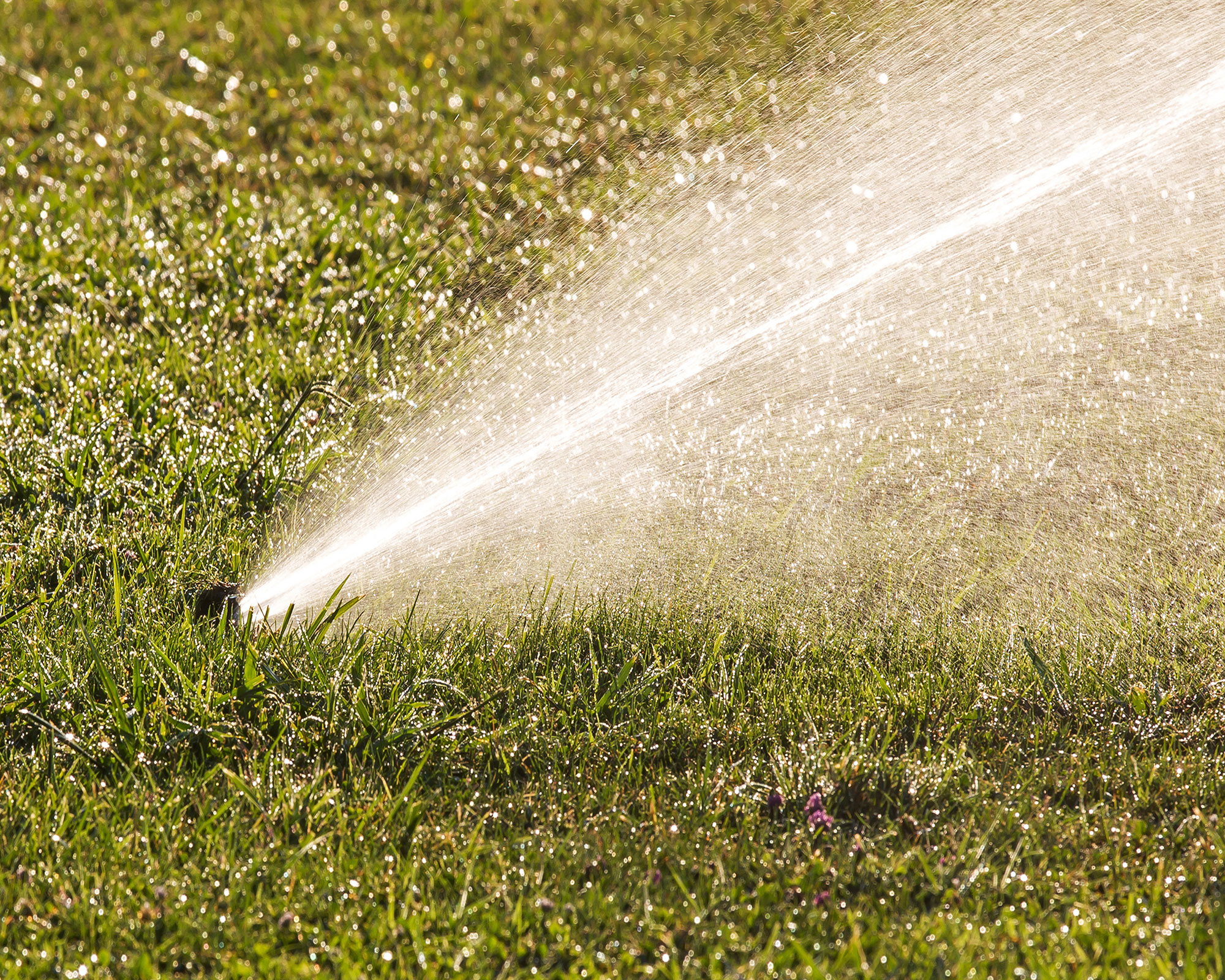
Turn on the compressor and gradually increase the flow of air. When the pressure is sufficient, you will see water coming out of the sprinkler heads. When the spray of water becomes a fog, open the next furthest zone and close the first zone.
Rain Bird advises, ‘Sustained heat from the compressed air may damage pipe and other components. Do not blow any circuit more than two minutes at a time.’
Move through each zone in turn, then repeat the process two or more times to blow all the water out of the system.
Make sure to leave one zone on at the end until the compressor is shut off. Disconnect the compressor.
6. Drain backflow preventer and feed pipe
To complete the blow out, open the outdoor valves and test cocks halfway. ‘This protects the valves and allows the system to breathe a little during the winter,’ say the experts at Rachio.
Finally, open the drain near the shut off valve to let the remaining water flow out.
Is it necessary to blow out sprinklers?
It is a very good idea to blow out sprinklers if you live in a region with cold winters. It’s recommended by sprinkler system manufacturers because, even if you drain your system, water can linger with the consequence that when it freezes and expands, it can damage pipes.
‘My advice is to blow out sprinklers,’ says Beth Murton. ‘You might want to do it yourself, but even if you pay a professional, it’s well worth what is a modest cost compared to that for repairing a system.’
Our guide on how to replace a sprinkler head will come in useful if you need to add that task to your sprinkler maintenance list too.
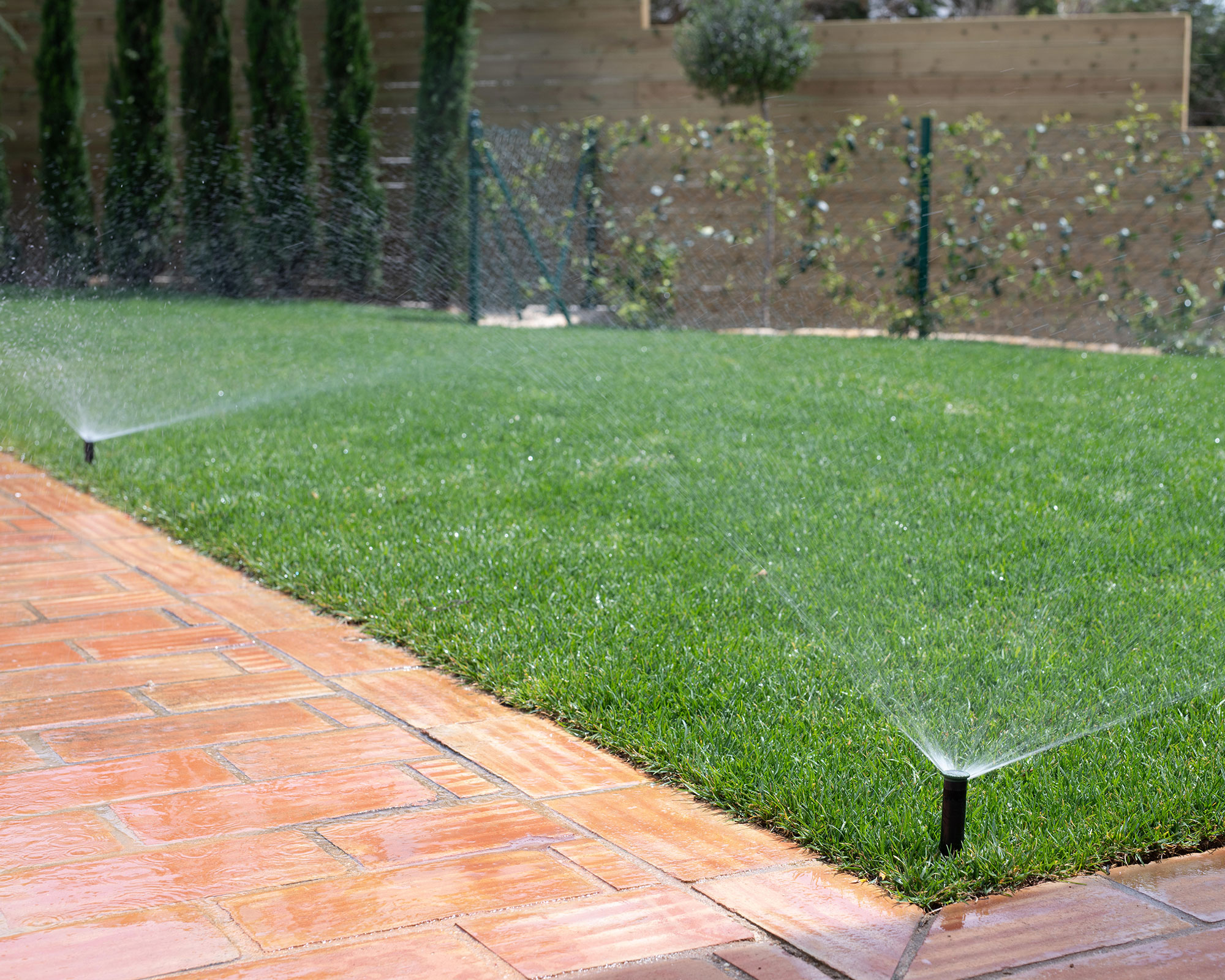
What PSI is needed to blow out sprinklers?
The PSI needed to blow out sprinklers depends on what the pipes are made from. For those made from flexible polyethylene, 50psi is recommended, while 80psi is recommended for PVC pipes. Excess pressure can damage pipes, so always check your manufacturer’s instructions for guidance.
How do I blow out sprinklers without a compressor?
You will need a compressor to blow out sprinklers. It is possible to drain the system to winterize it, but blowing them out is advisable because some water can remain in the system despite draining it.
Although jobs such as adjusting sprinkler heads are easy to do on a DIY basis with minimal tools, you may find it easier to hire a professional to blow out a sprinkler system, particularly if you don’t already own, or want to buy or rent, a suitable compressor.

Sarah is a freelance journalist and editor writing for websites, national newspapers, and magazines. She’s spent most of her journalistic career specialising in homes and gardens and loves investigating the benefits, costs and practicalities of home improvement. It's no big surprise that she likes to put what she writes about into practice, and is a serial house revamper.
